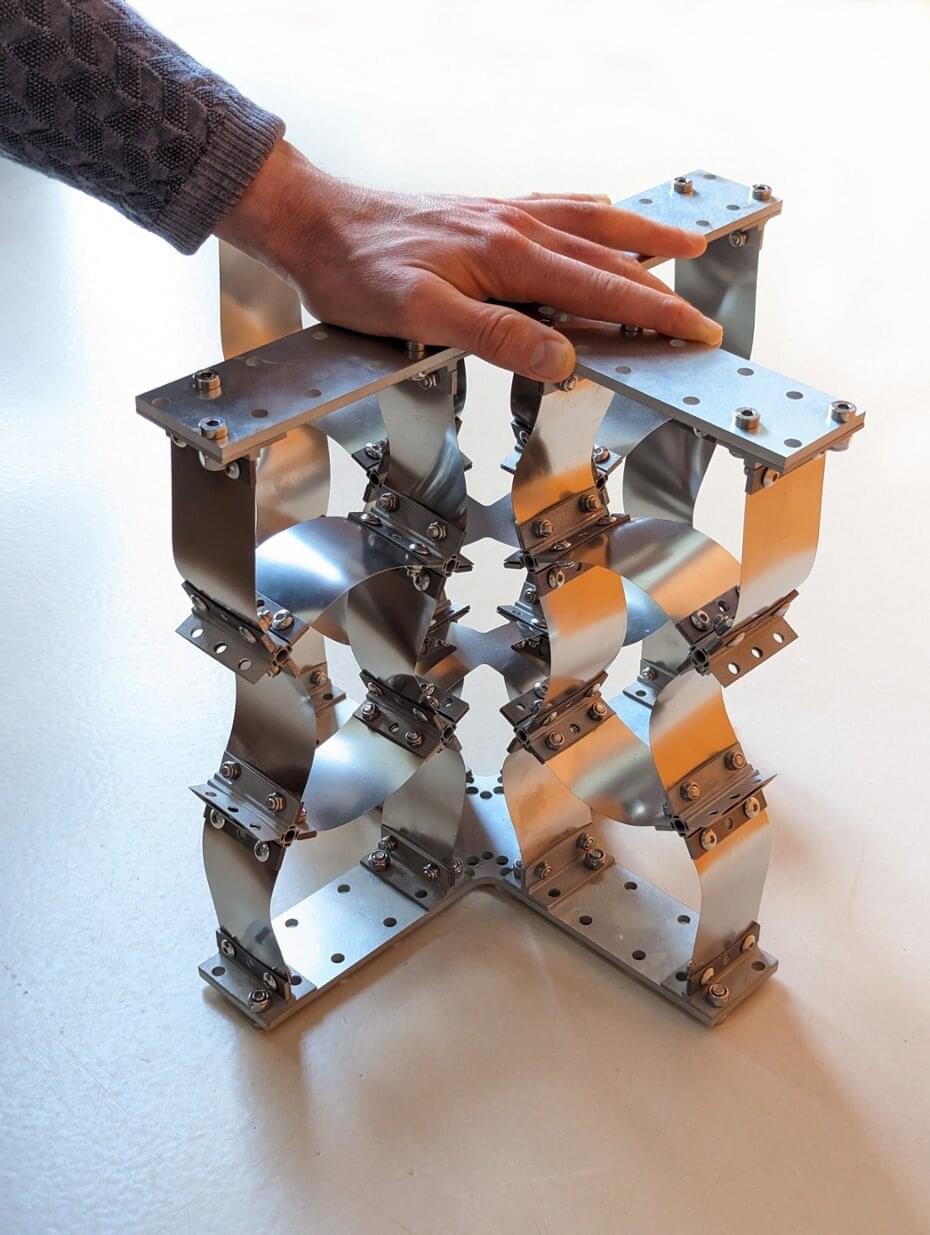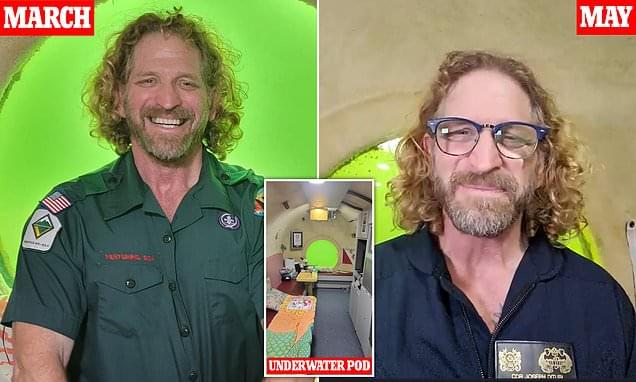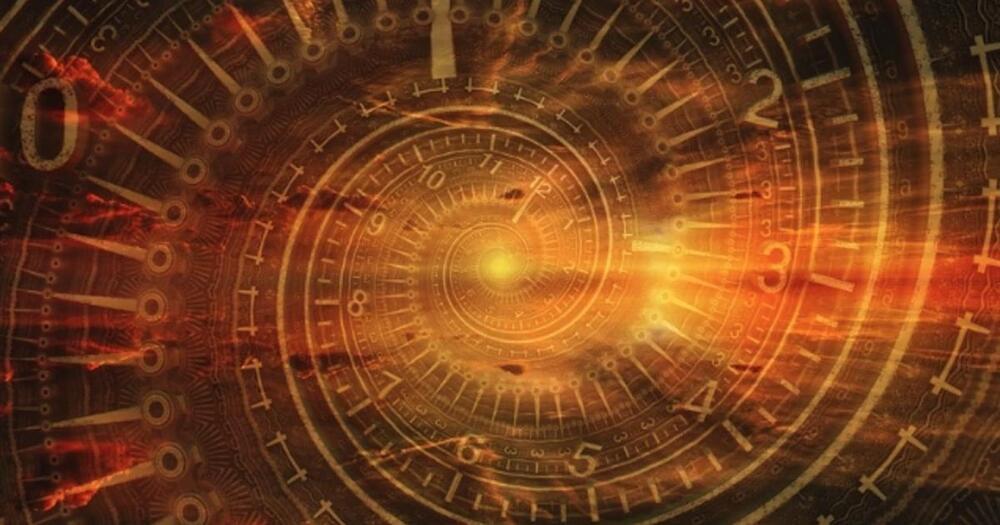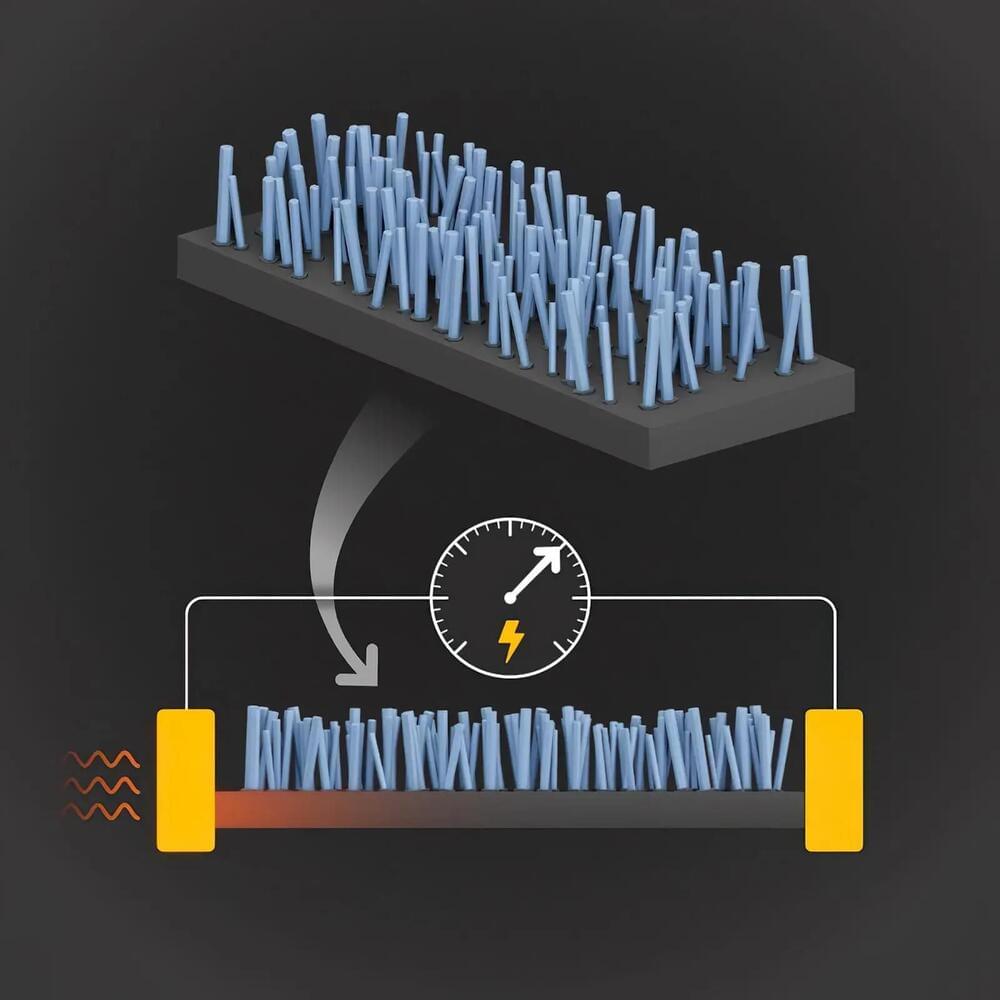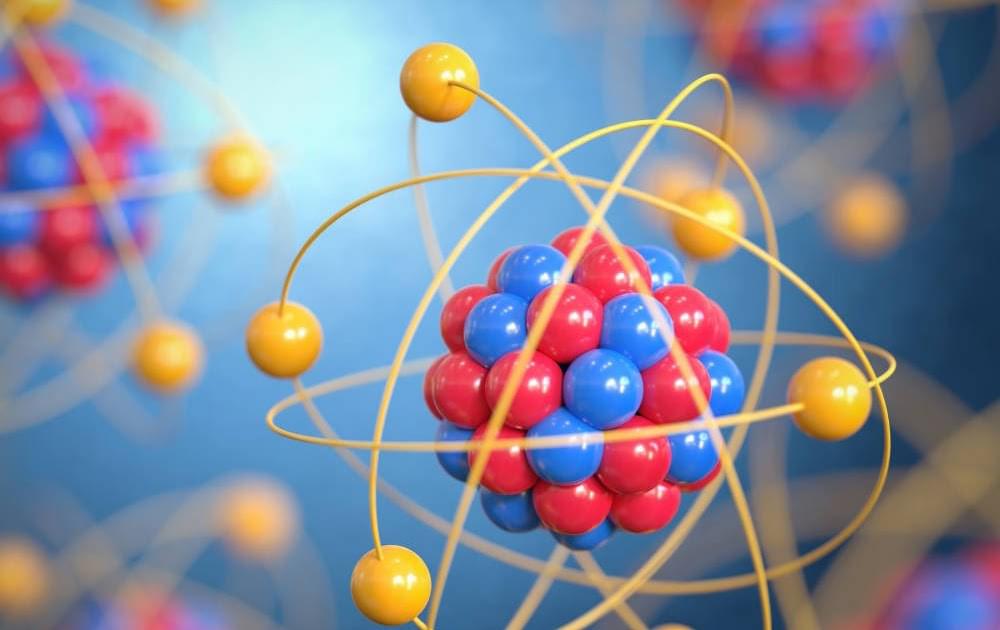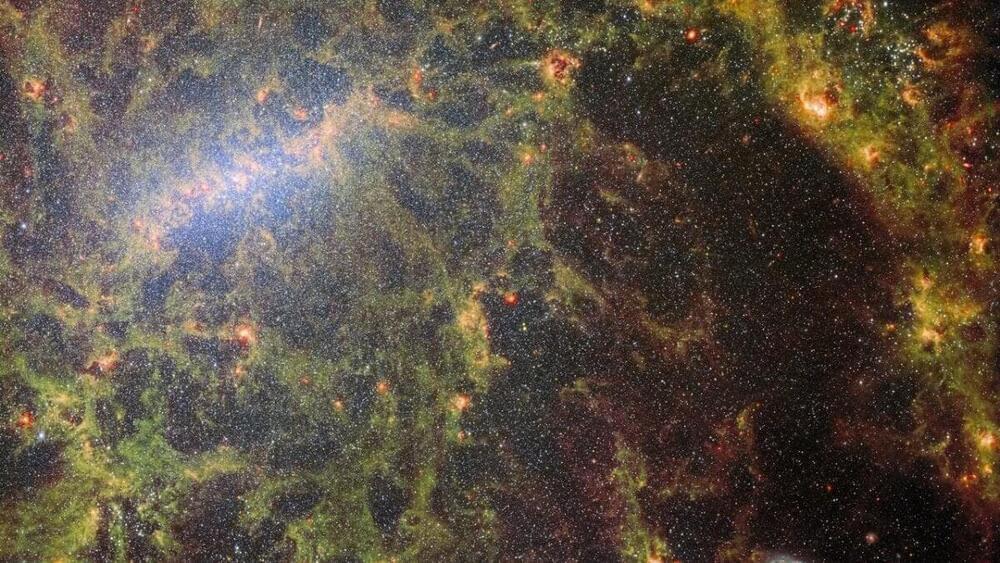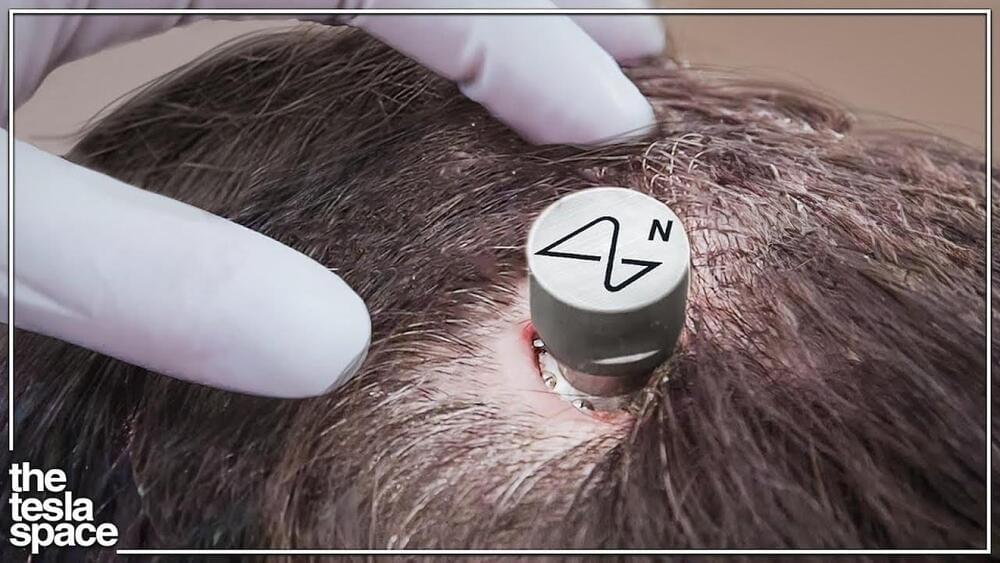Usually, the two characterizations of a material are mutually exclusive: something is either stiff, or it can absorb vibrations well—but rarely both. However, if we could make materials that are both stiff and good at absorbing vibrations, there would be a whole host of potential applications, from design at the nanoscale to aerospace engineering.
A team of researchers from the University of Amsterdam has now found a way to create materials that are stiff, but still good at absorbing vibrations—and equally importantly, that can be kept very light-weight.
David Dykstra, lead author of the study published in the journal Advanced Materials, explains, “We discovered that the trick was to use materials that buckle, like thin metal sheets. When put together in a clever way, constructions made out of such buckled sheets become great absorbers of vibrations—but at the same time, they preserve a lot of the stiffness of the material they are made out of. Moreover, the sheets do not need to be very thick, and so the material can be kept relatively light.”
